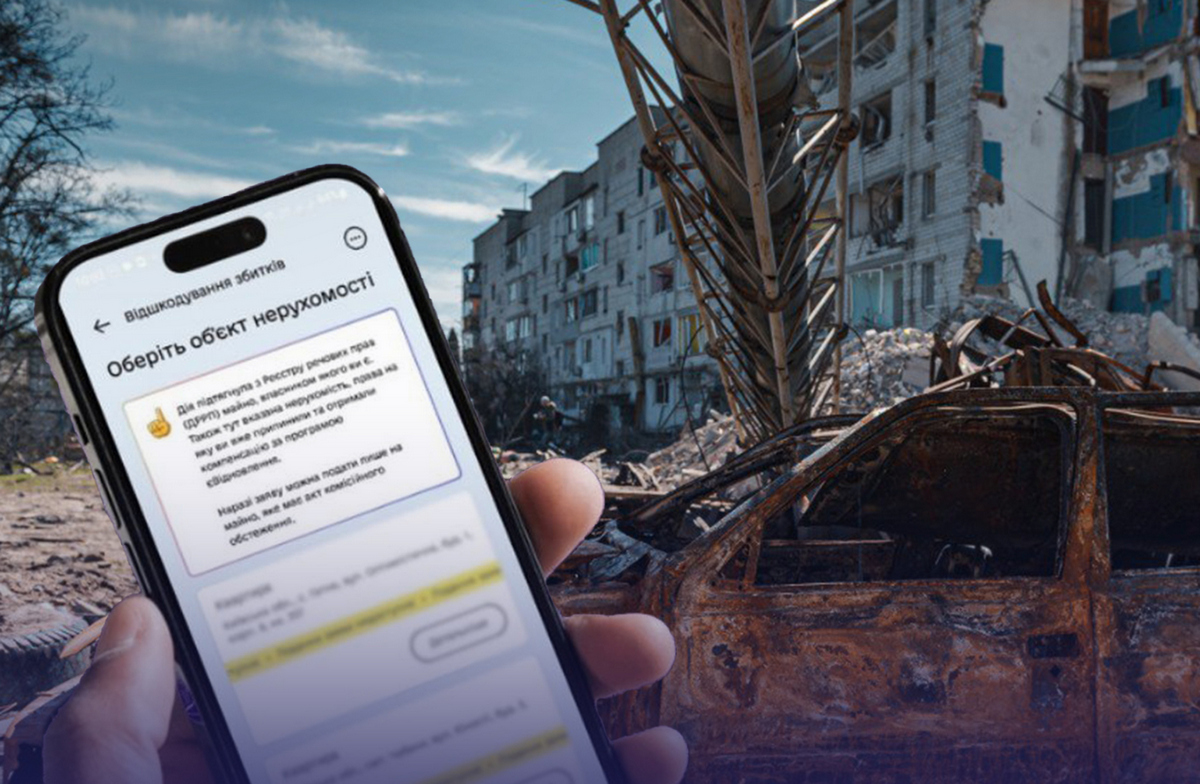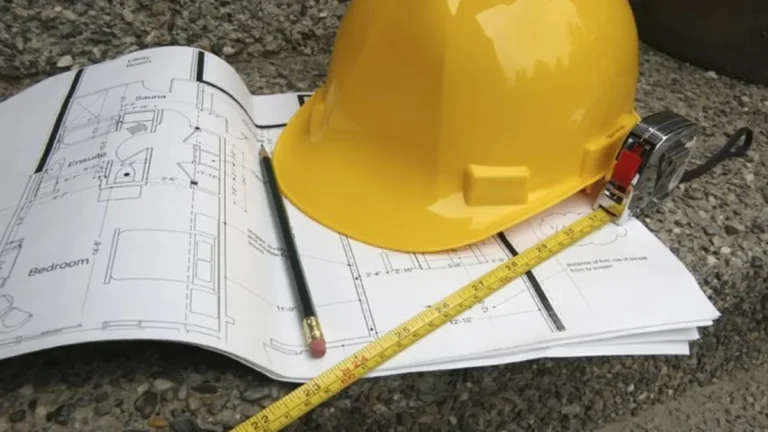
International Register of Damages: How Ukraine Documents War Crimes and Builds the Path Toward Future Compensation
Since the start of Russia’s full-scale aggression, the issue of compensation for damages has become not only a financial or legal challenge for Ukraine, but a part of the fight for justice itself. That is why the creation of the International Register of Damages Caused by the Aggression of the Russian Federation against Ukraine (RD4U) became a landmark event in establishing systematic documentation of the losses experienced by Ukrainians.
Since 2024, Ukrainians have had the opportunity to submit applications for losses caused by Russian aggression through the Diia portal. The Register of Damages was created by Ukraine together with the EU and 42 other countries and is located in The Hague. Its purpose is to collect information about losses, destruction of property, violence, deportations, and other crimes that occurred on the territory of Ukraine since February 24, 2022. This is the first step toward an international compensation mechanism, which should become the basis for future reparations.
Deputy Minister Valeria Koval emphasized:
“Our task is to encourage Ukrainians to document these crimes through the International Register of Damages. This is important both for justice and for future reparations.”
Simplicity and Accessibility of Submitting Applications
A key feature of the Register is its maximum accessibility. Even in extremely difficult conditions, when people are forced to flee from shelling and cannot take documents with them, the system allows them to submit an application without official certificates or photos just a personal description of the event is enough. “Your words are also evidence. They are also part of the truth that we have to record,” emphasized Valeria Koval.
The Ministry of Digital Transformation as the technical architect has done everything to ensure that applications can be submitted from anywhere in the world from a frontline village, the capital, or abroad. The Diia platform automatically pulls part of the information from state registers, reducing bureaucratic barriers.
Which Categories of Damages Are Already Available and What Lies Ahead
Currently, the Register already accepts applications in 13 categories, including deportation, forced displacement, destruction of housing, violation of the right to personal integrity. New categories are being beta-tested:
- “Loss of housing or place of residence” (A3.3),
- “Forced displacement outside Ukraine” (A1.2),
- “Loss of private entrepreneurship” (A3.5).
By the end of 2025, the Ministry of Digital Transformation, together with partners, plans to launch more than 10 new categories of applications. They will cover damage or destruction of residential, state, and commercial property, destruction of infrastructure, business losses, destruction of energy and critical systems.
For the first time, Ukrainians can officially record cases of forced displacement and deportation of children (category A2.8) and adults (A2.9) both within Ukraine and beyond its borders.
Three Key Components of the Compensation Mechanism
The compensation mechanism consists of three stages:
- Register of Damages collecting and storing applications, which will form the evidence base for future decisions.
- Compensation Commission a special body that will determine compensation amounts based on submitted applications. In September 2025, a draft Convention on the establishment of such a commission was agreed upon in The Hague. Its launch is expected by the end of 2027.
- Compensation Fund the financial basis for payments, which Ukraine proposes to replenish primarily at the expense of frozen Russian assets. This issue is not only financial but also one of moral responsibility: the aggressor must pay for the damage caused.
Markiyan Kliuchkovskyi, Executive Director of the International Register of Damages, noted:
“There is no other way to reparations. Restoring justice is the main driver moving this mechanism forward. After all, compensation is above all a way to take a step toward justice.”
The Role of Digitalization: The Diia Portal and International Support
The Ministry of Digital Transformation is responsible for the technical implementation of the Register, and the team is constantly expanding the functionality of the service. Already, more than 60,000 applications have been submitted to the database, and according to forecasts, up to 8 million Ukrainians who suffered from the war may apply for compensation. It is important to emphasize that this is not just a Ukrainian initiative: 44 countries and the European Union have joined efforts, making the Register the world’s first mechanism of such scale
Post List
The Meaning for the Future and Current Challenges
Documenting losses through the Register does not require waiting for the end of the war evidence must be recorded now, otherwise it may be lost. The data provided is already being used today as an argument to seek sources of funding for future compensation.
Deputy Head of the Office of the President, Iryna Mudra, explains:
“Every new application means more evidence for frozen Russian assets abroad to be used for compensation.”
The International Register of Damages covers events since February 24, 2022, but work is already underway to expand the timeframe to 2014 to document losses in Crimea and Donbas.
The International Register of Damages is a unique tool that combines humanity, digital accessibility, and international support. It creates a legal foundation for future reparations and is a symbol of Ukraine’s movement toward justice and recovery.
It is important for Ukrainians to know:
Every application submitted is not just a personal story, but part of a common struggle. It is the mass documentation of losses that makes compensation a reality for millions of people and for the entire country.















